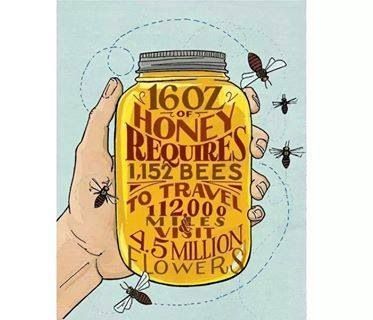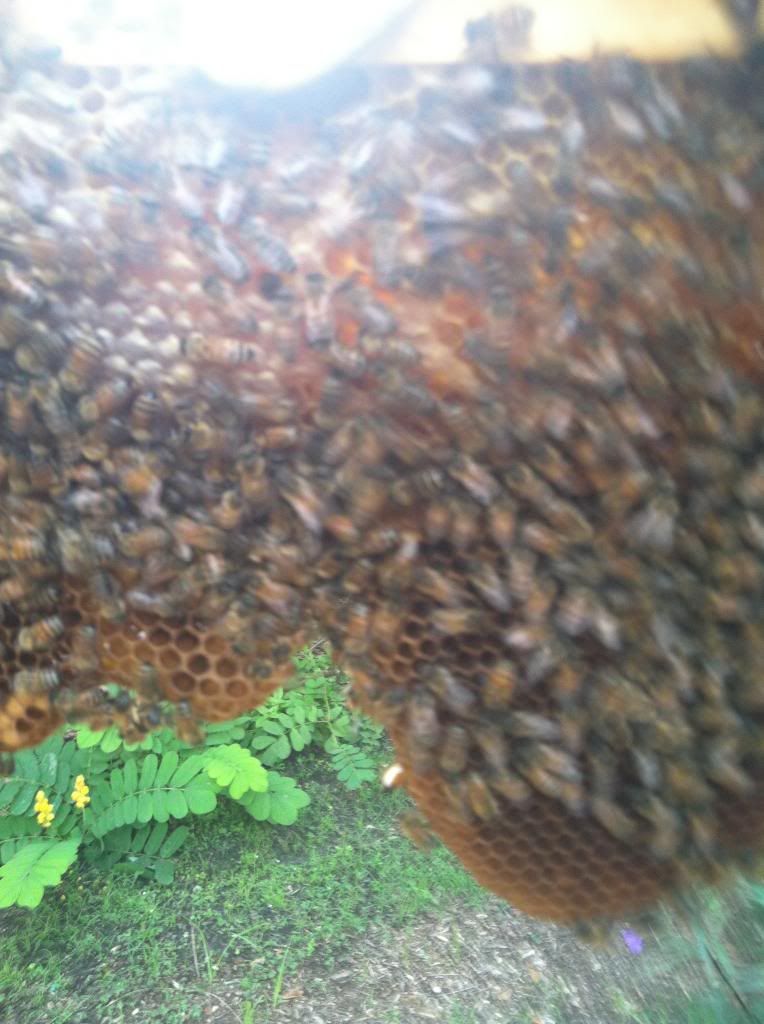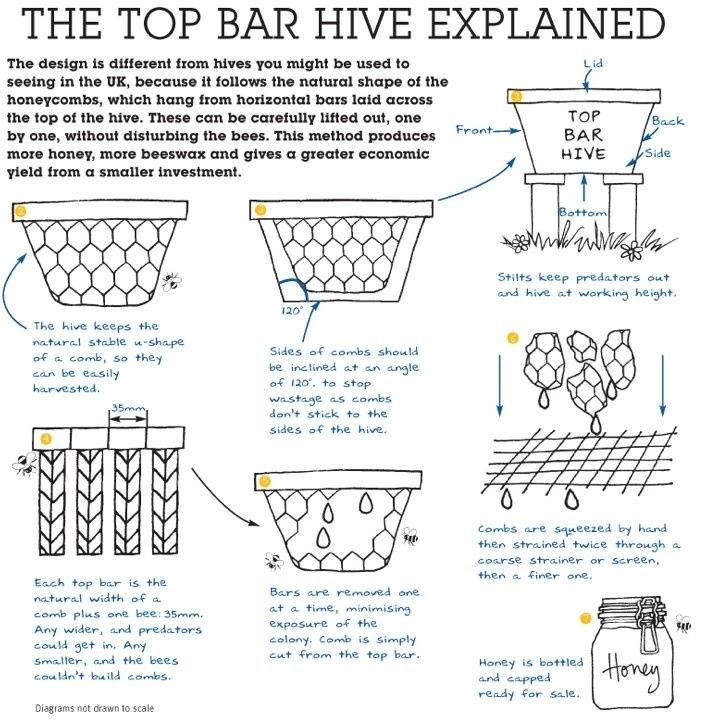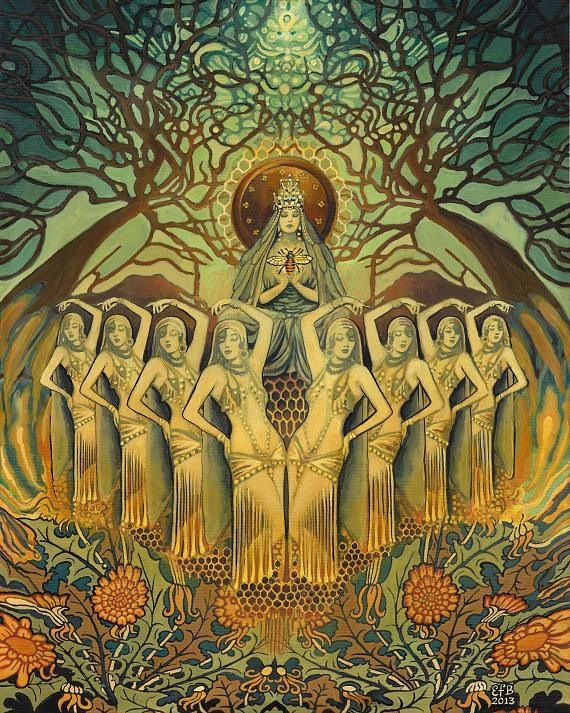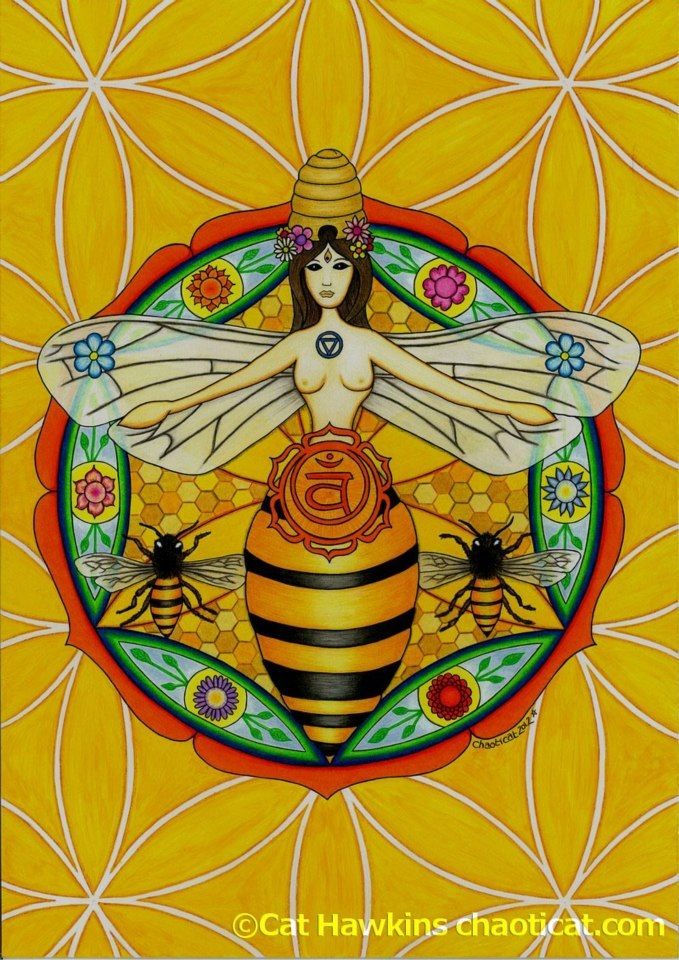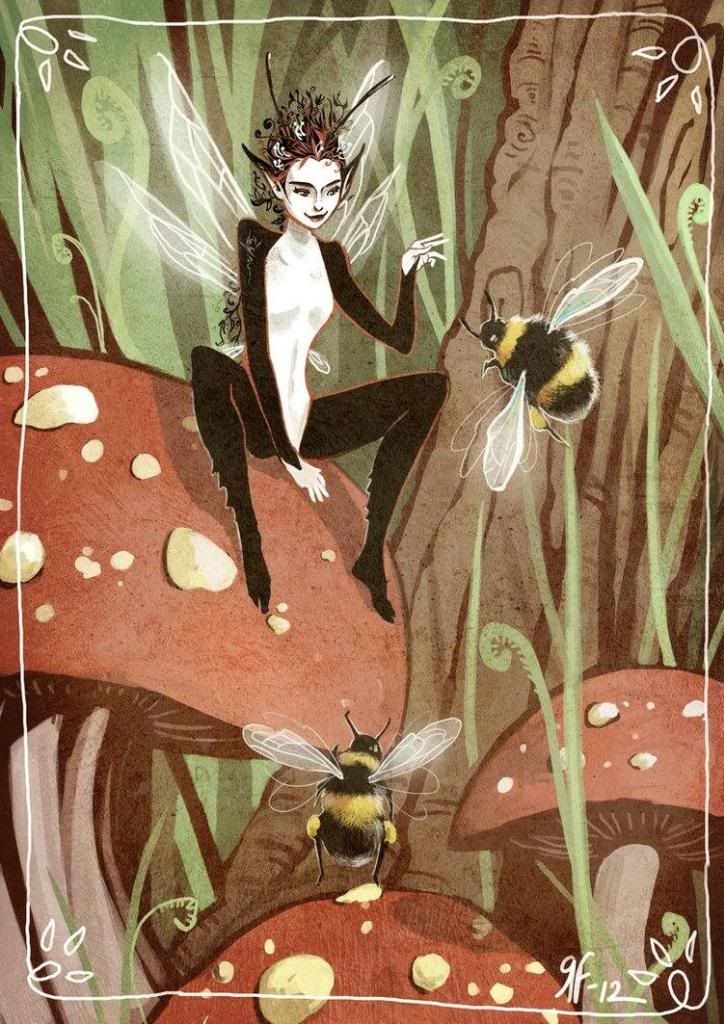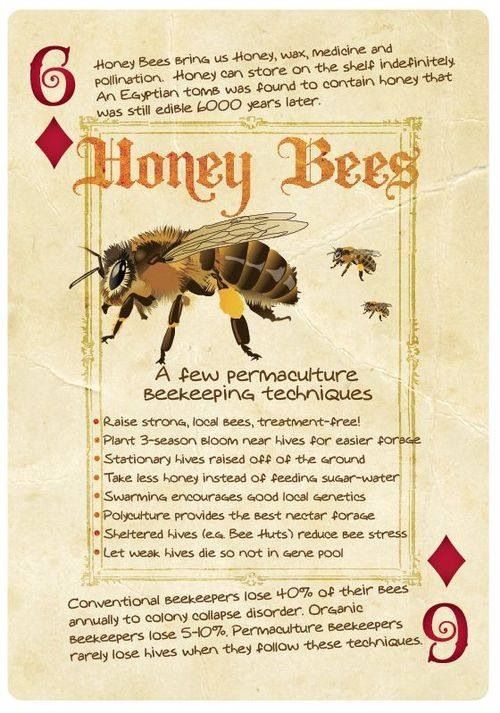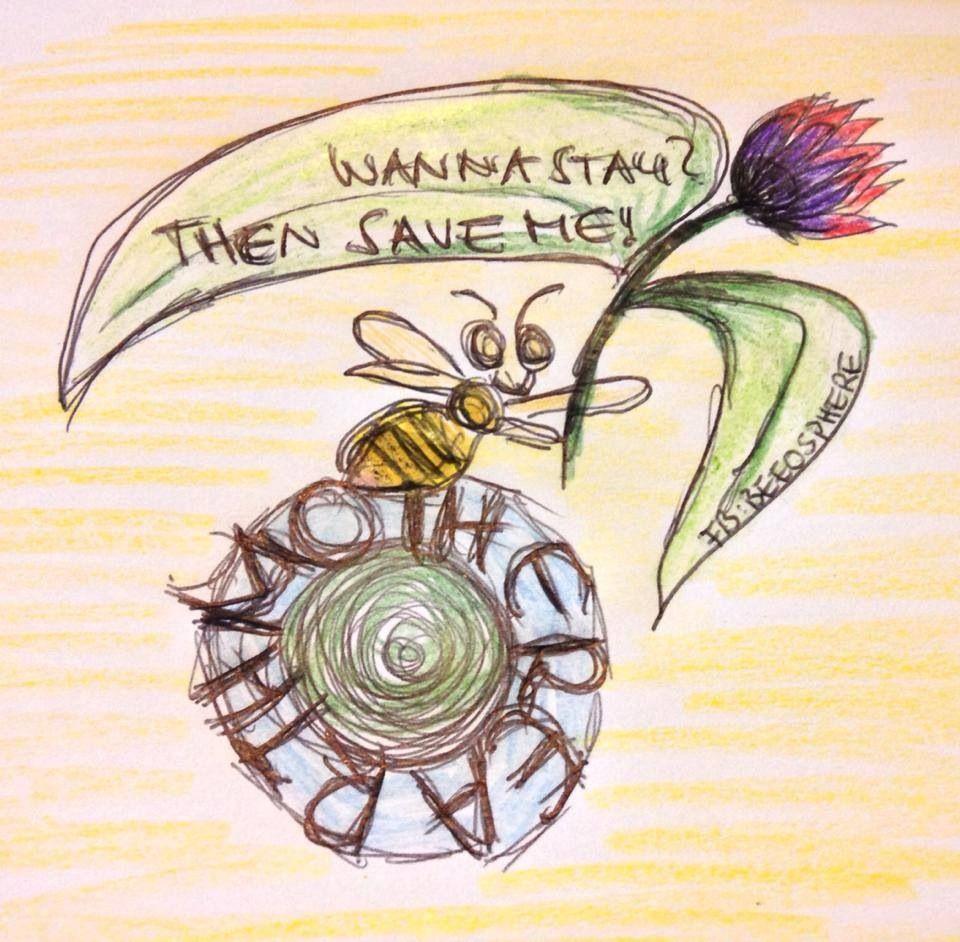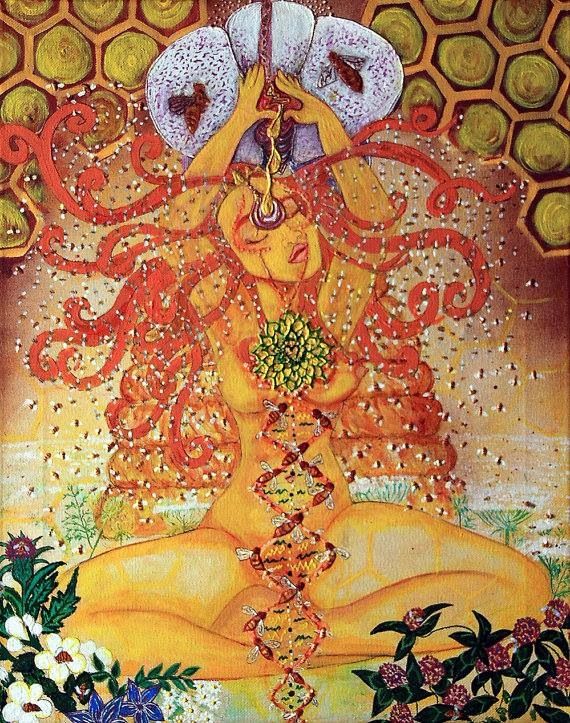For the autumn season I thought that I would make soap with a seasonal scent. What reminds you more about the fall than pumpkin? So I followed a recipe on the soap making website www.brambleberry.com. I am calling this soap Pumpkin Spiced Latte. It smells just like a pumpkin spiced pie, or a Pumpkin Latte from Starbucks. Delicious!
In honor of celebrating the beginning of Fall I added 3 oz of real pumpkin to the recipe. I did my first swirl. Tonight I cut the soap and it looks pretty good, and smells great. I want to try to make a pumpkin soap that includes my pumpkin ale that I made. I bet you didn’t know that you could make soap with beer did you? Well you can, and you can also use wine, and teas, and milks. So I opened two bottles of my Pumpkin ale and I am letting them sit until the carbonation is gone and the beer is flat. The key to working with alcohol is to make sure the beer or wine is flat and then to boil the alcohol out of the beer. I will also freeze mine so when I mix it with the lye it will have less of a chance of creating a lye volcano. Many people when they start to soap are concerned about working with lye. I am concerned, but I guess because I have a scientific mind I respect the lye, and take the necessary precautions to work safely. I will keep you posted on how my pumpkin ale beer turns out. Yesterday I went to Total Wine to look for some local beer from the state of Florida. I specifically was looking for Michael’s Genuine beer. I found that it is only available on tap, and in certain restaurants. I did find a very interesting Toasted Coconut Porter, brewed by the Thomas Creek Brewery, in Orlando, Florida. I eventually would love to create some soap using some of the beer and wine from our local breweries. I would also love to create a soap using my own mead!
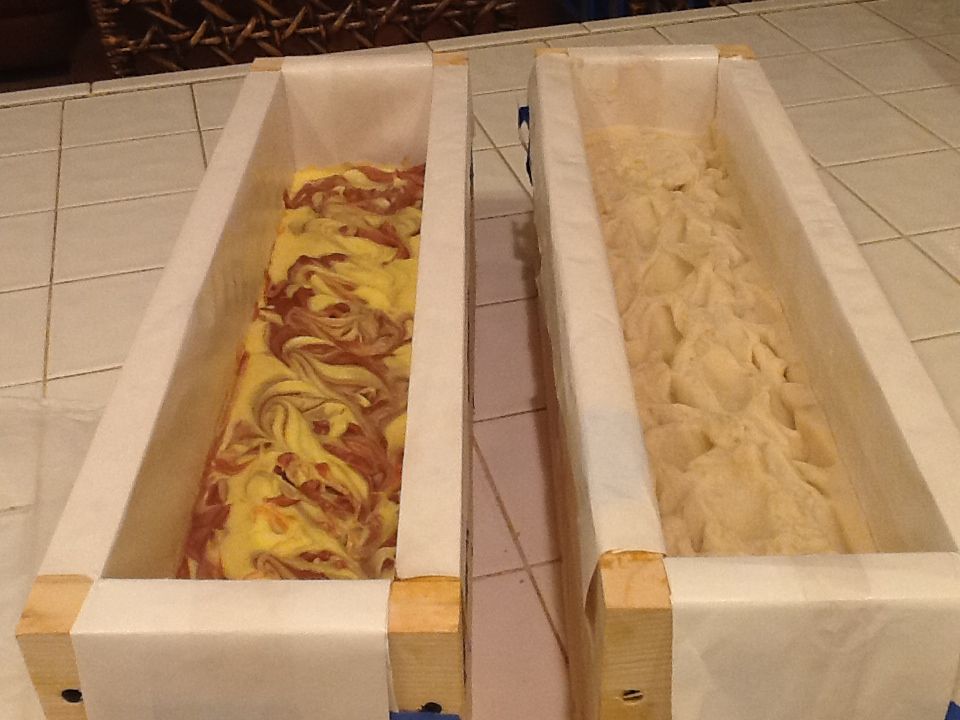 |
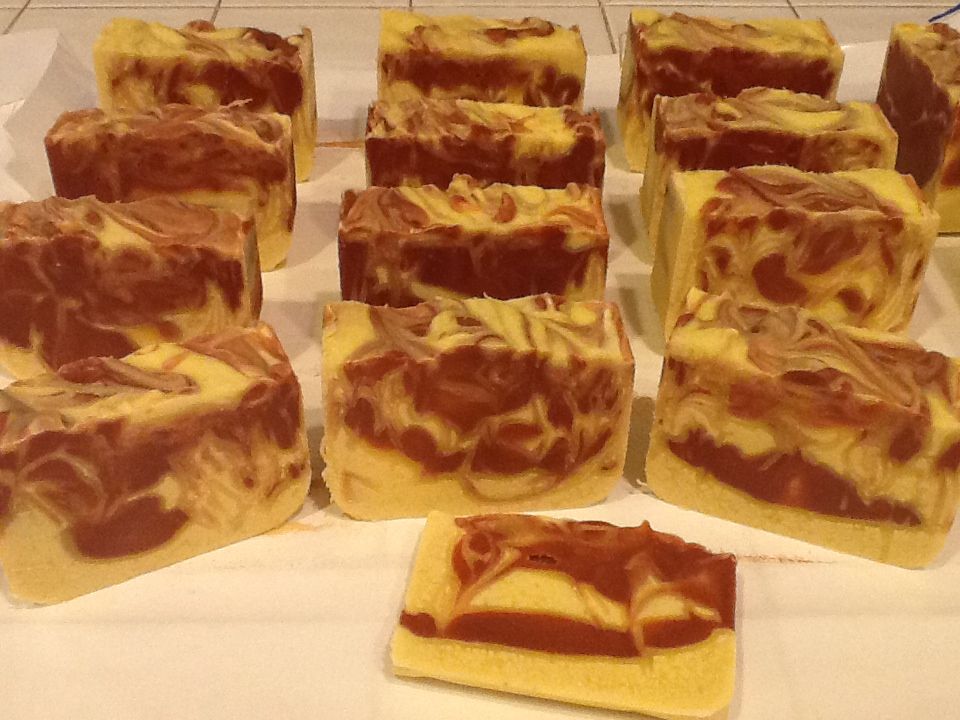 | 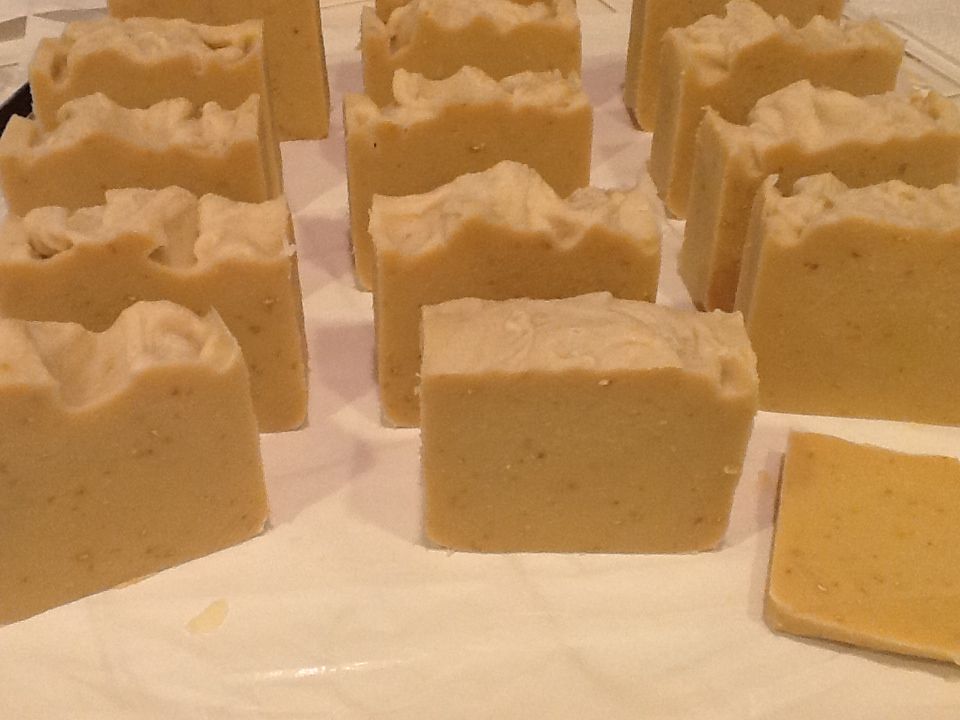 |
I made a Goat’s milk soap this weekend that is unscented. It is just plain goat’s milk soap. I added just a little of my honey, and a little colloidal oatmeal. This is the perfect bar for those that want the benefit of goat’s milk without the fragrance. It is perfect to use with the fall weather approaching. It is nice to use a soap that will protect the skin during the winter months, with the natural fats from the goat’s milk, and the humectant properties of the honey. I put some moisturizing Shea butter in this recipe also. I made a calendula lip balm to protect your lips from the harsh weather. Calendula is a beautiful flower, better known as the Pot Marigold, which has healing properties and is great for the skin. I flavored this lip balm with just the perfect amount of orange and grapefruit essential oils.
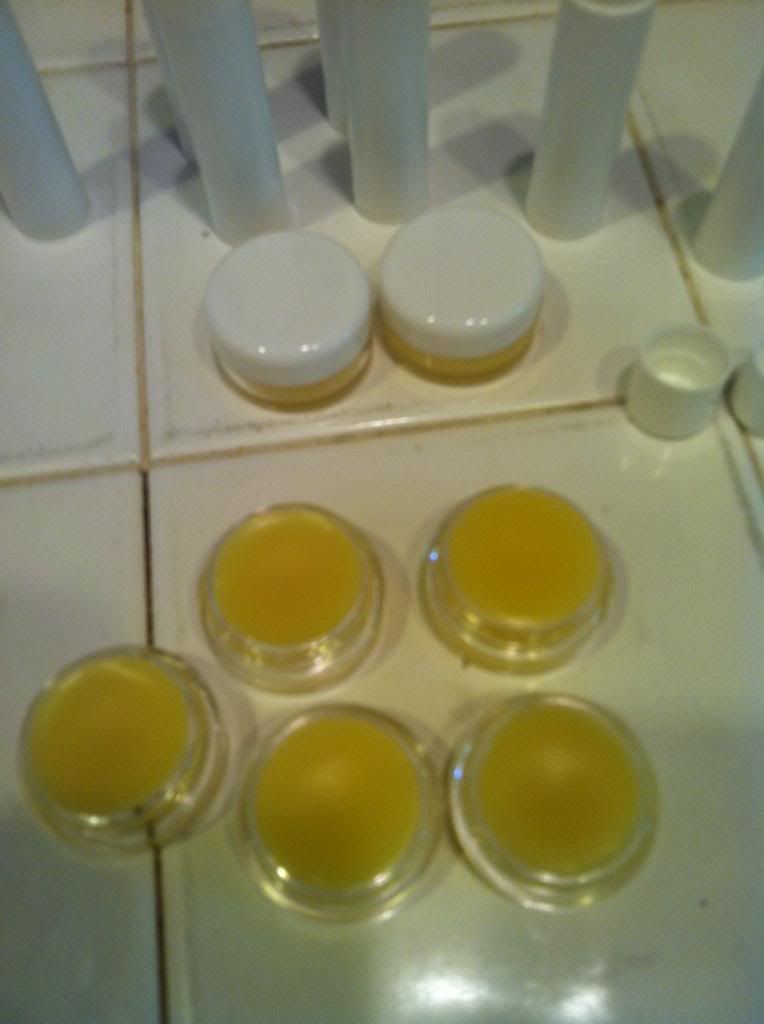 |
I signed up for a class through Brambleberry. Ann Marie Faiola, founder and owner of Bramble Berry, just completed writing a new book “Soap Crafting.” She has been soaping for many years and besides being very talented and creative in her artisan soap techniques, she is also a very smart business woman. She started a soap crafting club where the participants join on a quarterly basis, and she teaches you different techniques from her book. Each quarter several soap techniques are covered and by joining you receive her expertise and all the ingredients to make one of the soaps covered. I have signed up for the first 2 quarters. I hope that the year doesn’t sell out before I have the extra money to sign up for the rest of the classes. I love her book, and have plans to try many of her recipes. I would like to get creative and design my own recipes, but I am not at that point yet. I have so many recipes in my head using the herbs, plants, flowers, beer, and wine that I make from my yard.
Happy Fall Everyone! Hope you enjoy my new products, and that you find them comforting for the cooler weather to come. Now I need to concentrate on getting my garden together for our lovely South Florida winter. I hope to use many of my herbs in the soaps I create over the next few months.

